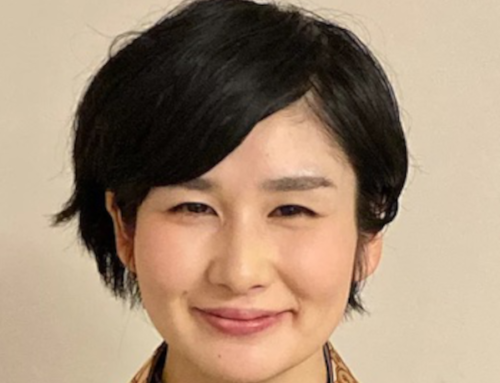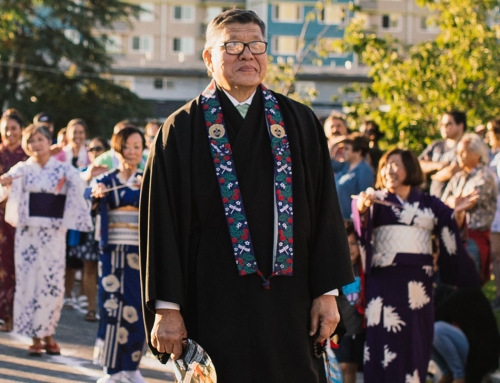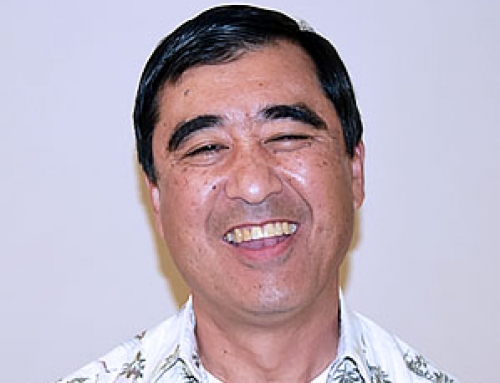President’s Message
Autumnal Equinox was September 23 and Ohigan has also passed. You can feel the weather change during the day from hot to warm and the nights are cool to cold. The leaves on the trees are beginning to change to fall colors. People are changing too. There are less people wearing shorts and T-shirts during the day. Children are already back in school, many of the summer fruit have already been harvested.
There is one fruit that is still on the tree and may take a few more weeks to ripen. It is the persimmon. In Japanese, it’s called kaki. There are two major types of persimmon, Fuyu and Hachiya. Fuyu are flat and squatty and will sit nicely on its bottom. The Hachiya is acorn shaped. Both have green hats called calyx. The calyx has been studied and found to have high amount of tannin which makes the persimmon astringent. In Chinese medicine, it is used for healing and treating high blood pressure, bleeding hemorrhoids, constipation and many other ailments.
I’m sure you are more interested in the eating of kaki than the medicinal use. As the days get shorter and the nights get longer, the color of the kaki will change from green to orange. Both Fuyu and Hachiya have similar orange skin color. If you have a Fuyu tree, you will be able to enjoy the sweet flesh of the kaki. Fuyu can be eaten when they are still hard like an apple although there is more sweetness if the fruit turns a full bright orange. The Hachiya is a different matter. Hachiya are astringent (shibui) even if it is bright orange. The Hachiya kaki must be very ripe or like a water balloon to be eaten. Another method I’ve read is to put unripen Hachiya in the freezer overnight and the next morning, you will have ripe Hachiya ready to eat raw.
I love eating Fuyu kaki and find one of the best ways Hachiya kaki is in its dried form called hoshigaki. Hoshigaki means in Japanese hoshi or hosu is to dry and gaki or kaki is persimmon thus dry persimmon. Each fall as long as I can remember, my family dried kaki. Hachiya is the preferred kaki for hoshigaki. For hoshigaki, the fruit had to be picked with the at least half inch of stem intact. This is the point to where a string is tied. The Hachiya kaki are ready for drying when they are completely orange but still firm. As I recall coming home from school and seeing my grandparents and parents in the shed peeling and preparing the raw kaki for drying. My mother and grandmother did the peeling and my father and grandfather did the string-tying around the stem. Each task was important. If the peeling was poor, the finished product would not be appealing to eat and if the string was not tied properly, the kaki would fall to the ground. Eight kaki were tied to forty-inch-long string. The fruit must not touch each other or the contact points would cause mold and spoilage. 2” X 4” X 10’ were used as the drying rack. Nails were tacked to the 2” X 4” X 10’ for hanging the strung kaki. There would be between fifty and seventy-five pounds of raw kaki on each 2” X 4” X 10’. Each day, the 2” X 4” X 10’ were moved from the shed to the bright sunlight to dry. Sunlight seems to be the best method of drying. Once the skin of the peeled kaki is dry enough to handle, (one to two weeks), massaging begins. This is a tedious job necessary to break down the hard core still in the center of the kaki and to bring the sugar to the kaki surface. In about two to three weeks of sun drying and hand massaging, the hoshigaki is ready to eat.
I have found out that even though I never peeled or hung a persimmon until a few years ago, I developed the desire to process hoshigaki merely by observation. Just as my father and grandfather, my passion is to create these deliciously tasty Japanese cultural delights. I hope you too have the pleasure of preparing your own hoshigaki this season.
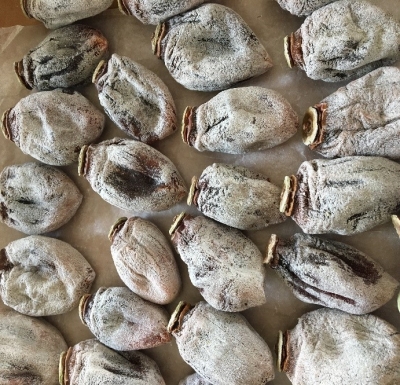
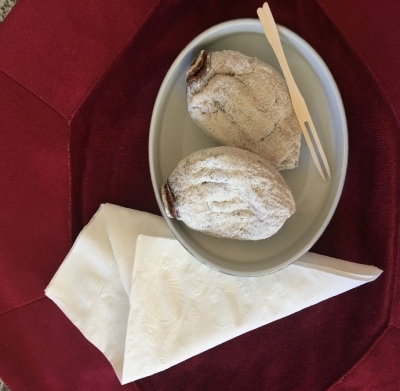
In Gassho,
Ed Nodohara



